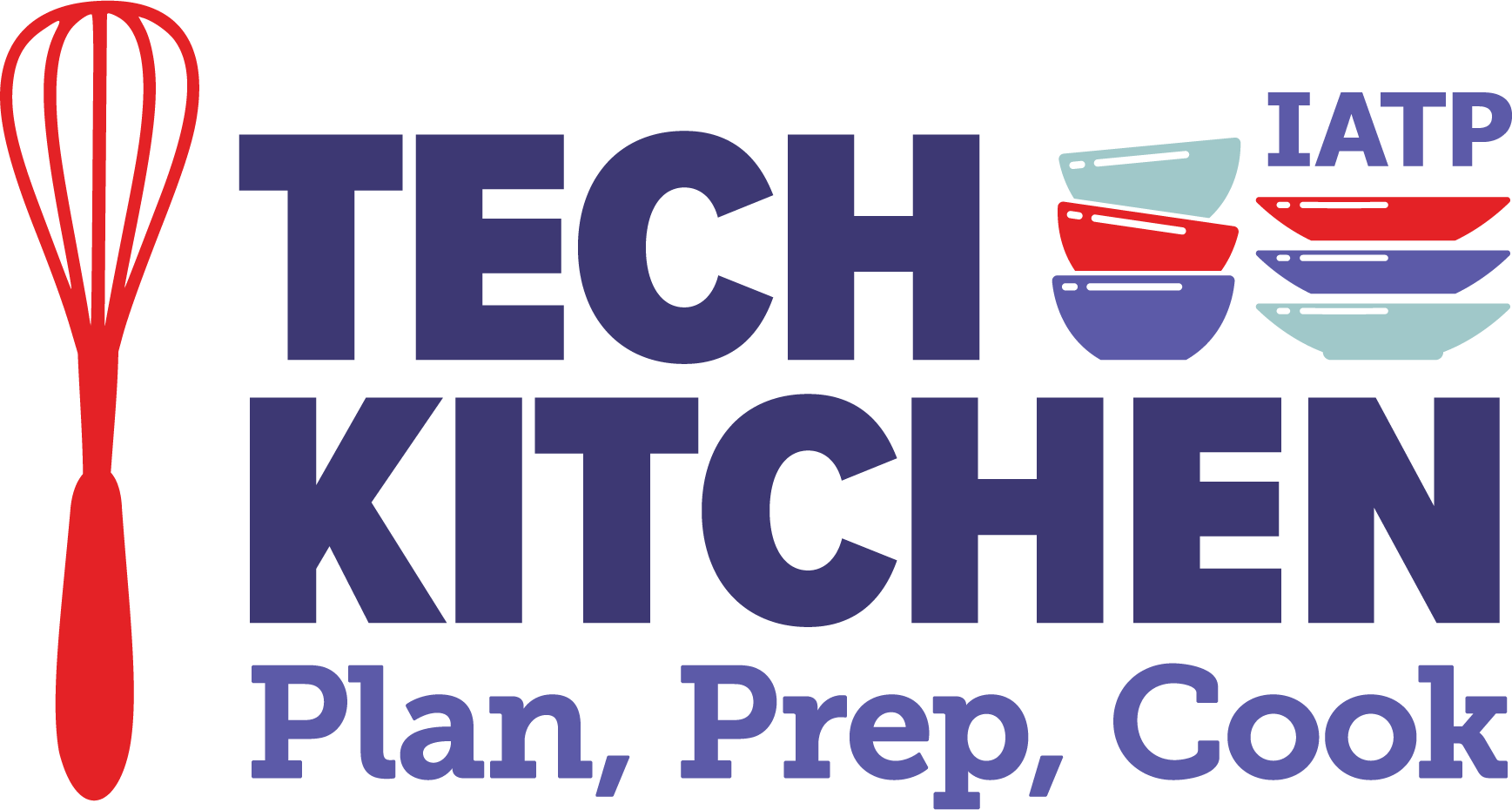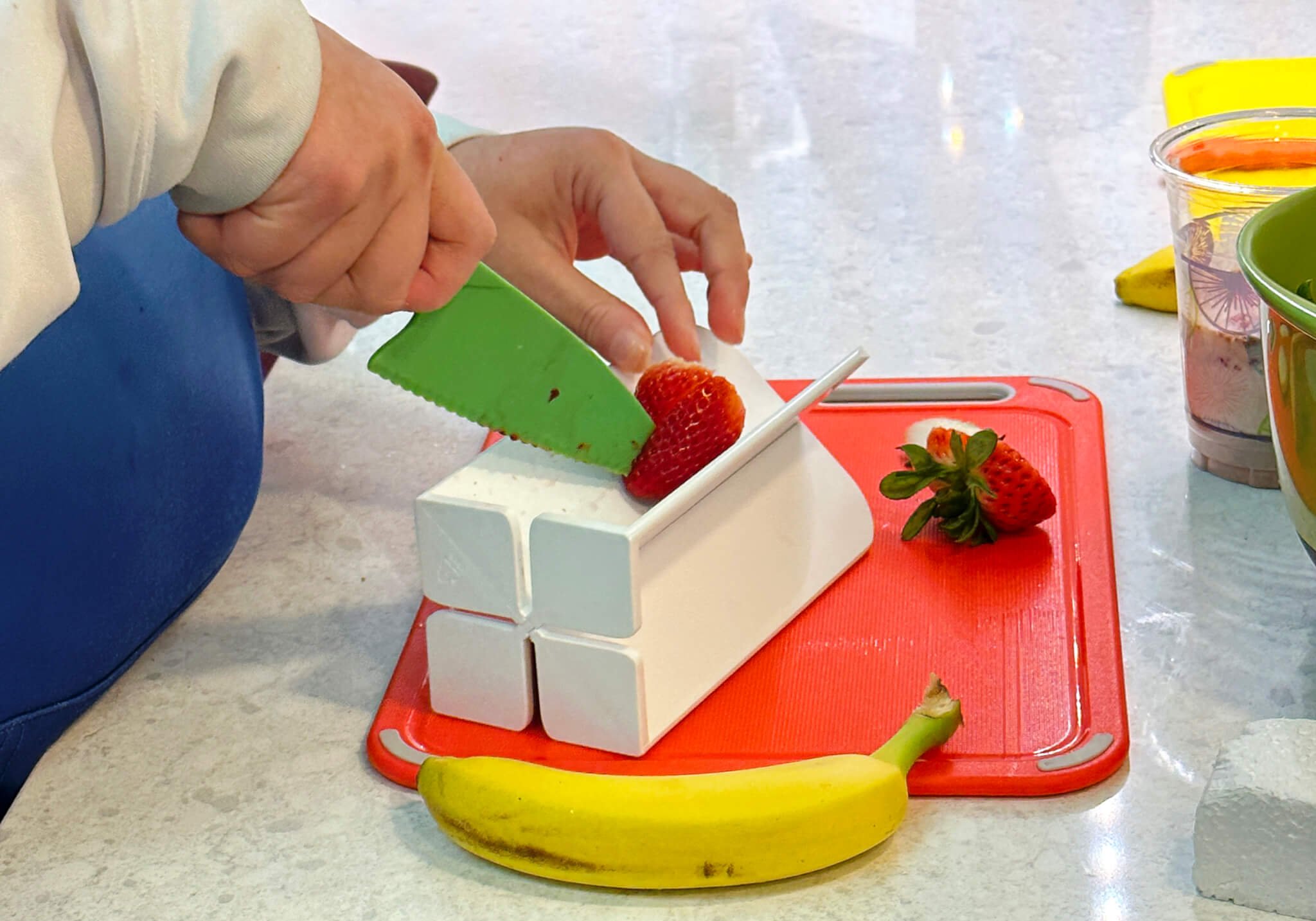Learn to Cook Using Assistive Technology Devices and Techniques
The Tech Kitchen program helps eligible customers with disabilities learn about and choose appropriate assistive technology tools necessary for developing and/or improving their cooking skills and confidence in the kitchen. Program participants use adapted tools while learning cooking techniques and strategies with professional guidance and instruction. Our team includes a Professional Chef, Occupational Therapy staff, and other IATP assistive technology professionals working as a team to best meet the participant’s needs.
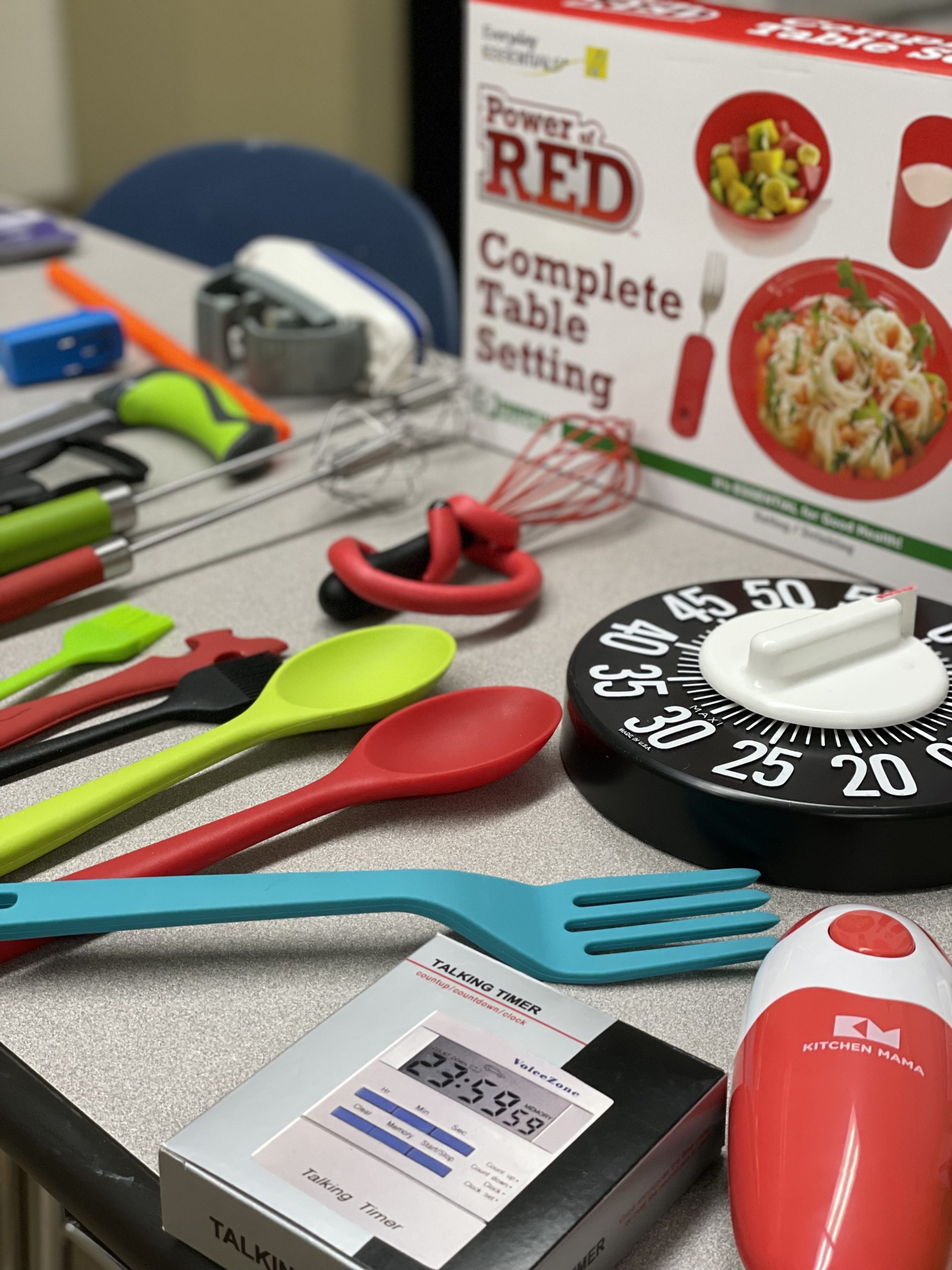
Program Requirements:
Participation in the Tech Kitchen Training Program is currently open to persons who meet all of the following requirements:
- Receive services from specific departments within the Illinois Division of Rehabilitation Services (DRS):
- Department of Rehabilitation Services (DRS/DORS)
- Vocational Rehabilitation Bureau of Field Services (BFS)
- Bureau of Community Care and Blind Services (BCCBS)
- Home Services Program (HSP)
- Are at least 14 years old
- Are referred by their DRS Counselor. If needed, you can ask your counselor to contact us for more information.
- Complete the IATP Tech Kitchen intake process
- Participate in an initial assessment visit either onsite in the Tech Kitchen, in-person at your home, or virtually.
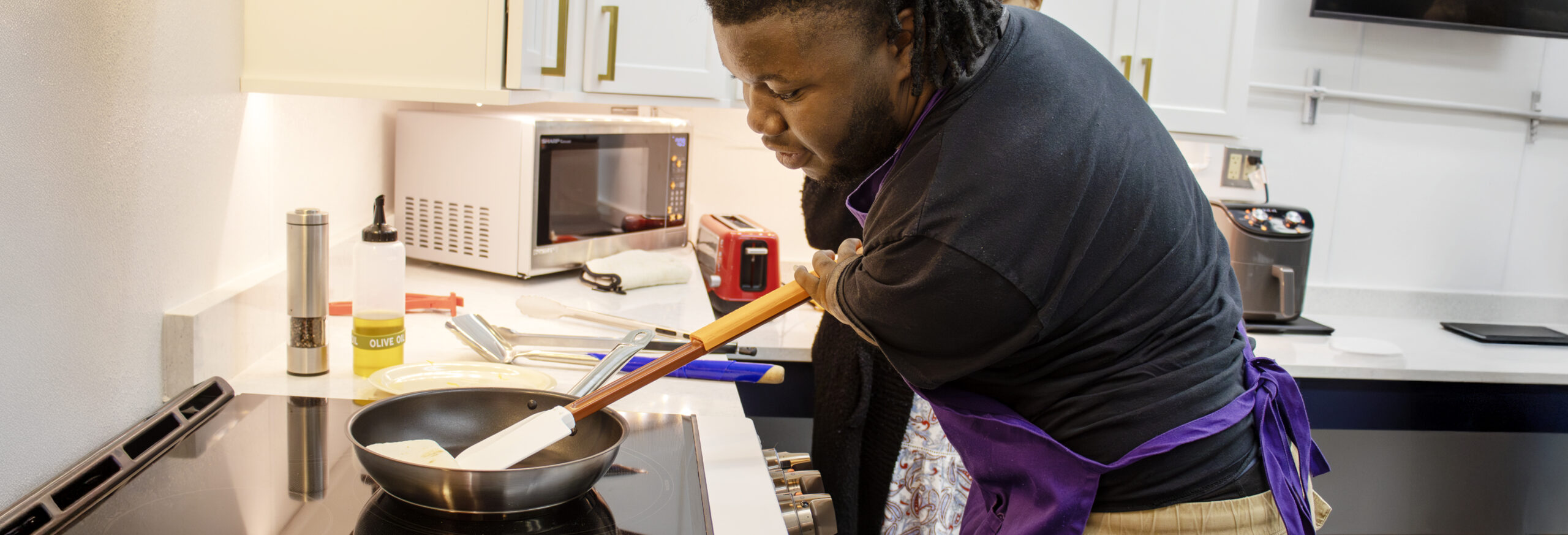
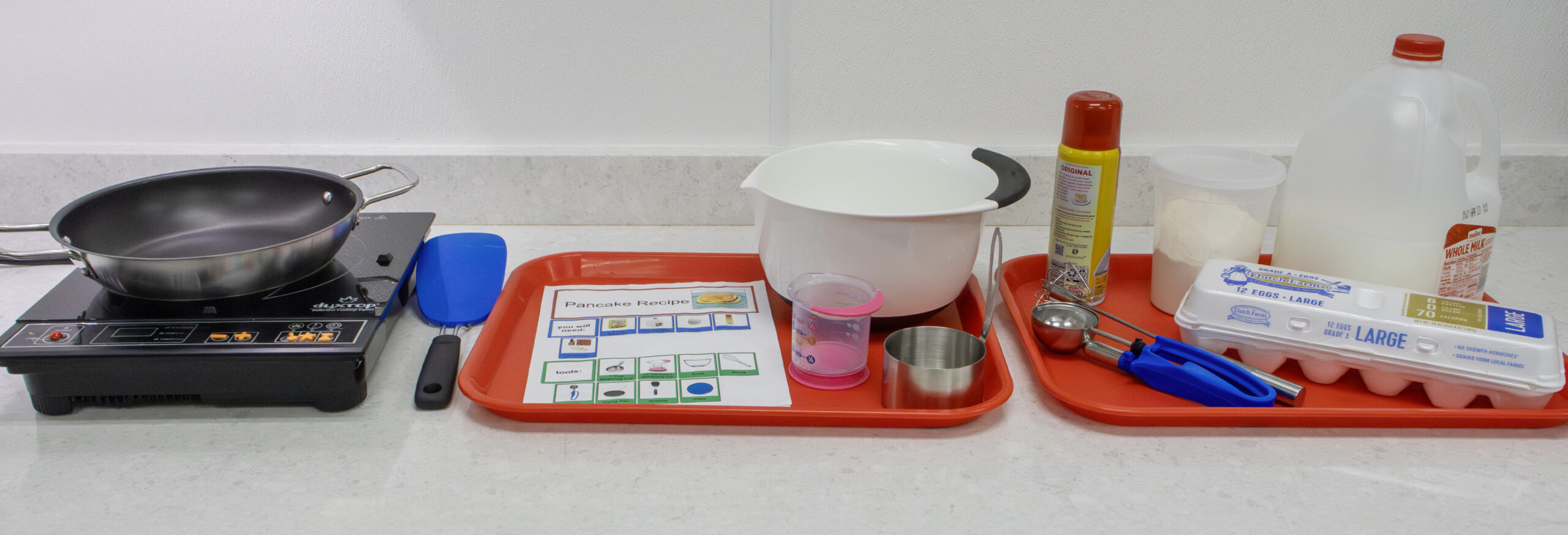
Tech Kitchen Spotlight
Meet Howard
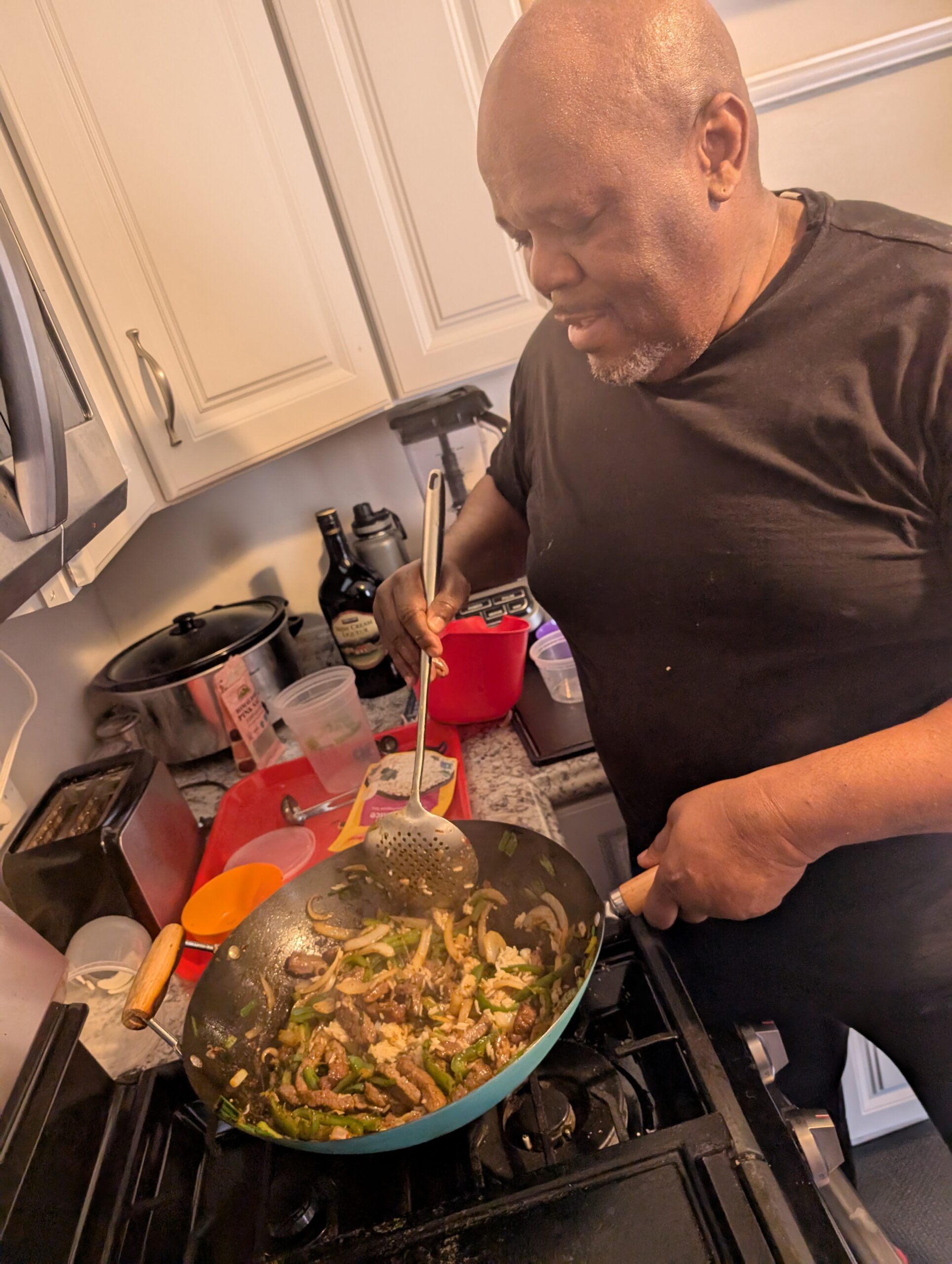 Howard Wilson has always loved cooking, but after losing his vision in 2015 due to end-stage glaucoma, he faced new challenges in the kitchen. Determined to continue preparing meals and sharing them with others, Howard was referred to the IATP Tech Kitchen to explore ways technology could support his independence.
Howard Wilson has always loved cooking, but after losing his vision in 2015 due to end-stage glaucoma, he faced new challenges in the kitchen. Determined to continue preparing meals and sharing them with others, Howard was referred to the IATP Tech Kitchen to explore ways technology could support his independence.
From the very first session, Howard’s enthusiasm was clear. During his initial evaluation, he confidently navigated his kitchen and shared his multitasking goal to keep several dishes hot at the same time. Together, we prepared a meatloaf recipe while introducing adaptive tools such as a talking thermometer, tactile labeled measuring cups, a talking kitchen scale, heat-resistant gloves, and tactile markers on his oven and stove. Howard quickly grasped the purpose of each device and was thrilled by how much easier and safer they made his cooking experience.
Over subsequent sessions, Howard’s skills and confidence continued to grow. He practiced more complex recipes and multitasking techniques, learning to use all the adaptive tools with increasing comfort. By the final session, he successfully prepared a multi-step quiche independently, demonstrating excellent safety awareness, precise use of measuring tools, and strong multitasking skills.
Howard was thrilled with his progress and with the tools and techniques he learned. He shared that he now feels fully equipped to work in his kitchen, is excited to cook for friends, and enjoys the independence and confidence the Tech Kitchen program has given him. Howard’s journey is a powerful example of how assistive technology can open doors, allowing someone to pursue their passions with joy and safety.
